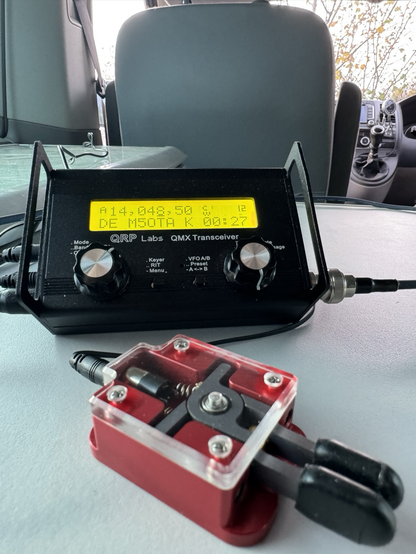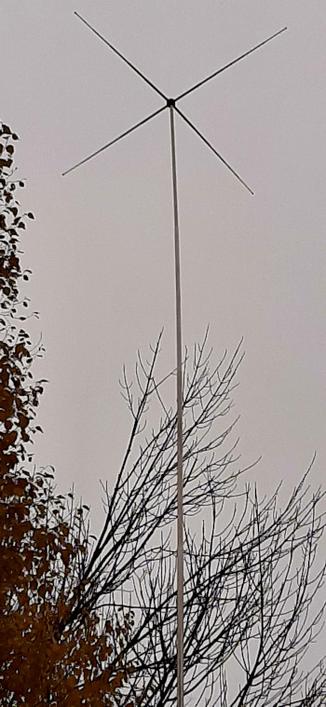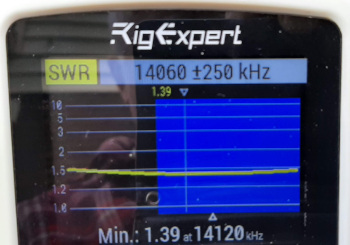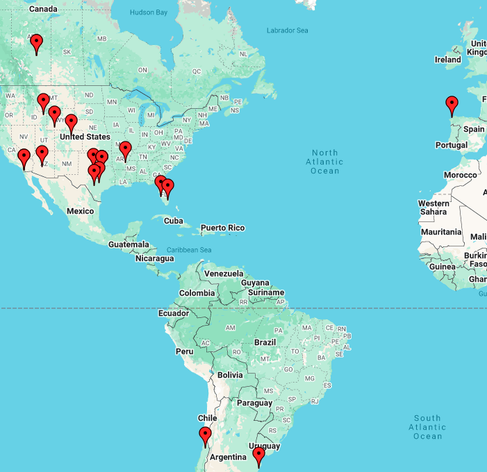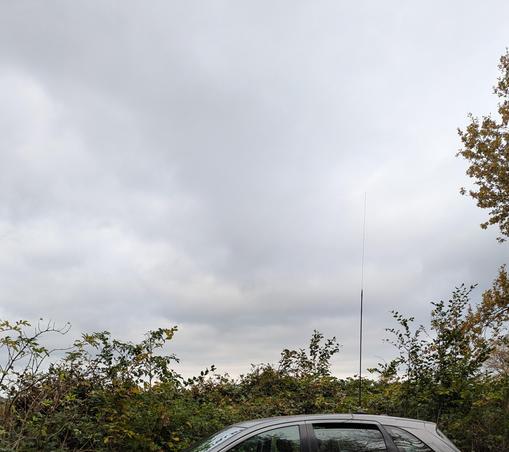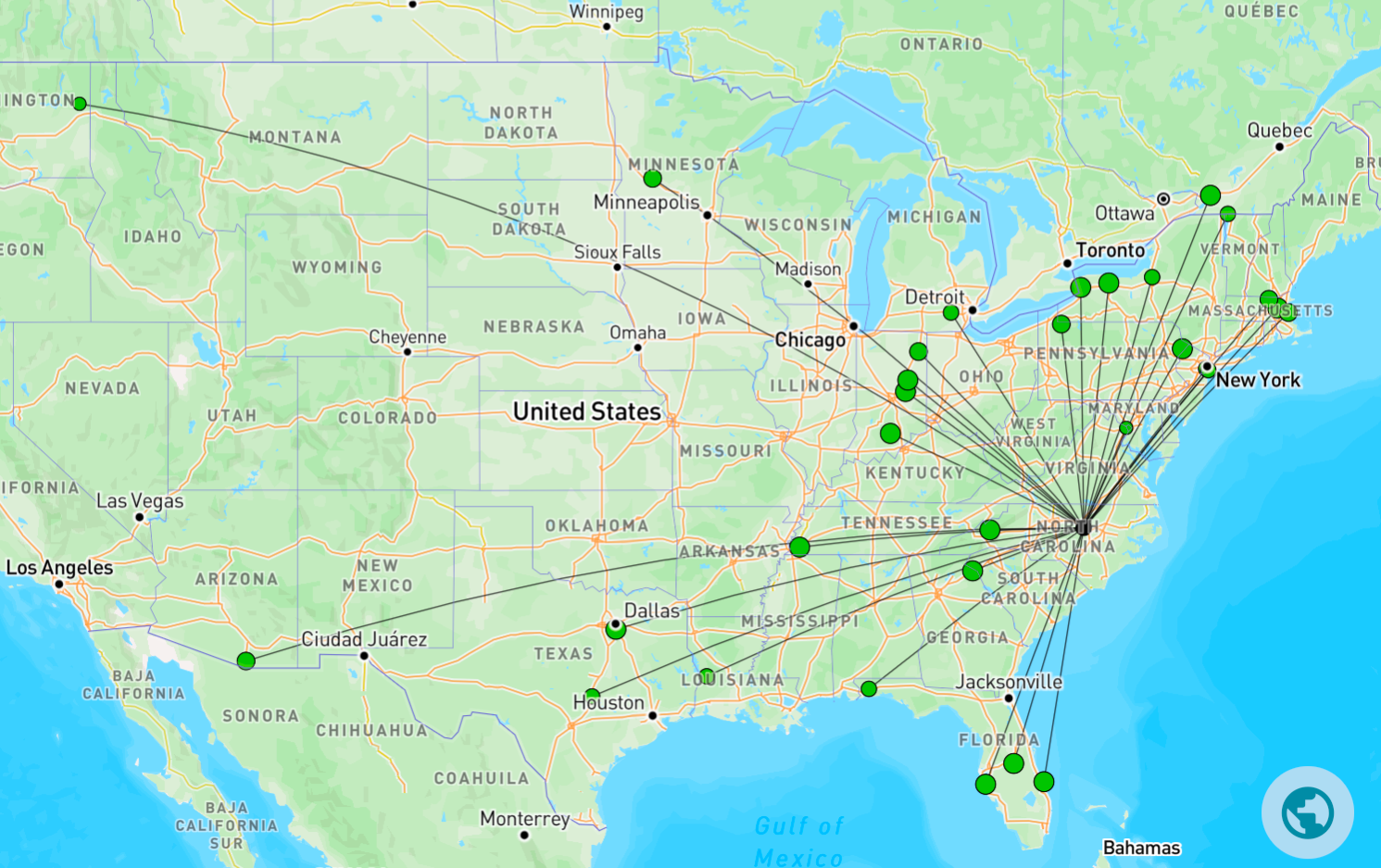A simple outside the box fix for a broken telescopic whip
“If it ain’t broke, don’t fix it”
Or conversely, if it is “broke” you have two choices. Order a replacement from the other side of the planet, and wait for the slow boat from China to navigate thousand of nautical miles across the stormy waters of international seas. Or, alternatively, and my preferred solution, is to see if it can be fixed. So when I managed to break the 18.5ft telescopic whip I had ordered from China a year or so ago, I was faced with that choice.
Hair of the dog
There is an old supposed remedy for the after effects of over indulgence in adult beverages. It is called the “hair of the dog that bit you”, often simplified to “hair of the dog”. The idea is that, in the morning, if you drink some more of the beverage that caused the problem you will recover. I rate that high on the skepticism index.
The dog that bit my antenna was another product from the same oriental source as the whip. It was a “top hat” designed for the PAC-12 antenna. This set of electric antlers proved too heavy for the whip that was never designed to carry them. The tip of the whip swayed rather wildly in the wind, before collapsing on the ground and decapitating itself in the process. The top hat survived but the top two sections of the whip parted company from the rest, never to be reconnected again.
What remained was 15 feet and 9 inches of whip that sat in a dark corner of the shack until, one day, a random firing of neurons in my brain came up with an idea. I call the idea “hair of the dog”; i.e. I wondered if I re-attached the top hat, the same one that caused the problem in the first place, to the shortened whip would it at least get me back on 20-meters?
The shortened wounded whip was a little too short to be resonant on the 20m band. Could the addition of a top (capacitance) hat lower the resonant frequency sufficiently to fix the problem? I embarked on an impromptu mission to find out.
Unextended top hat and whip
Top loading a vertical whip is a very efficient way of convincing an electrically short antenna to resonate on a lower frequency. In effect, it increases the electrical length of the antenna. I have been chided by sagacious readers for using the term “electrical length”. The term may be technically incorrect but it makes it easier to understand what happens when an antenna is loaded. Is my top-loaded shortened whip as efficient as a full-length unloaded whip? I’ll leave that for the experts to comment upon.
There are advantages to a top-loaded vertical whip for field portable operators like myself. For a start, a shorter whip is less conspicuous. While activating a park back in the spring of this year, a uniformed Ontario Parks warden pulled up in her official pickup truck to see what I was up to. Ontario Parks wardens have the same authority as police officers when it comes to park rules and regulations. They can impose on-the-spot fines for infractions of a sometimes vague set of rules like “disturbing trees”. She told me that my long whip antenna had caught her eye. When I told her I was using Morse Code to contact other amateur radio operators and read out the list of all the states I had contacted, she was genuinely interested. We struck up a good rapport, especially when discussing which trail the resident park bear preferred. Although that encounter with officialdom went well I prefer to operate under the radar – nothing to see hear, move right along please.
Custom, ham-made (by me) support pole.
As I write this we are well into fall. The winter months still lie ahead of us – 7 months of dreary, snowy, icy weather. So I took advantage of cool temperatures and still unfrozen ground to test my top-loaded shortened whip. I mounted the whip on my recently constructed support that uses PVC plumbing bits and part of a fiberglass driveway marker driven into the ground. For lucky readers in the southern states and other milder climates, a driveway marker is a thin pole used to identify the edges of a driveway when the snow comes. I use 5ft markers, and during last winter’s unusually heavy snowfall, they disappeared deep beneath the snow banks left by the snow plows on their daily runs. I gotta move to sunny Florida, snakes and gators be damned!
It might be considered folly to adopt a hair of the dog approach to fixing the whip but, of course, the lower sections of a telescopic whip are thicker than those at the top. Thicker sections are less likely to experience the wild, wind-induced, oscillatory motion that caused the initial problem. In fact, I had to shorten the whip by another two sections to bring resonance within the 20-meter band, thereby enhancing the physical rigidity even further.
For this initial backyard test I used a set of four 13ft radials that lie mostly on the ground. I know this isn’t the most efficient way of providing the “other half” of an antenna. I have now improved on that by extending the support pole to 43 inches (109cm) and replaced the ground radials with two sloping, above ground radials with links for 15m, 17m and 20m.
Very soon our ground will be frozen hard – like concrete – and then other support options will be required. However, this top-loaded short whip is going to be traveling with me on my winter POTA activations. It works fine business on 20m but, even with the whip extended to its full 15 feet 9 inches, the top hat can’t get it to work on 30-meters. Shortening the whip further (and collapsing the top hat’s “antlers”) allows the higher bands to be used, which is useful while band conditions create openings there.
When I broke the whip I started to look into finding a replacement. The Chameleon 25ft whip sounded interesting but then I watched a video in which one of these whips waved at the heavens during windy conditions. I could foresee another catastrophic collapse in my future if I went that route. I wondered whether a park warden might consider a very tall waving whip a hazard to other park users and wave an infraction notice at me in response. No, there had to be a safer solution and I think this top-loaded formerly broken whip fits the bill quite nicely.
Meanwhile, back in the shack …
Work continues on renovating my rigs to return to QRP operations when band conditions permit. I have been using my Yaesu FT-891 throughout the summer. I like to think of the FT-891 as a QRP rig with optional QRO capability. The trouble is, it is too easy to tweak the power just a little to give my signal a little more muscle. My QRP Labs QMX is a great little radio but it isn’t built for hostile environments – like Ontario winters. Unfortunately I chose the low band QMX when ordering so I am limited to 80m, 60m, 40m, 30m and 20m – no access to the higher bands which have been quite active lately. I do have another option – a rugged, pugnacious but rather old little rig that covers all bands. It was built back in the era when there were fewer options for QRPers and lacks some of the features we now take for granted. There is a way to add on the missing features; I’ll publish the details in an upcoming post.
Help support HamRadioOutsidetheBox
No “tip-jar”, “buy me a coffee”, Patreon, or Amazon links here. I enjoy my hobby and I enjoy writing about it. If you would like to support this blog please follow/subscribe using the link at the bottom of my home page, or like, comment (links at the bottom of each post), repost or share links to my posts on social media. If you would like to email me directly you will find my email address on my QRZ.com page. Thank you!
The following copyright notice applies to all content on this blog.
This work is licensed under a Creative Commons Attribution-NonCommercial-NoDerivatives 4.0 International License.
#Antennas #CW #MorseCode #OutdoorOps #Portable #POTA #QMX
